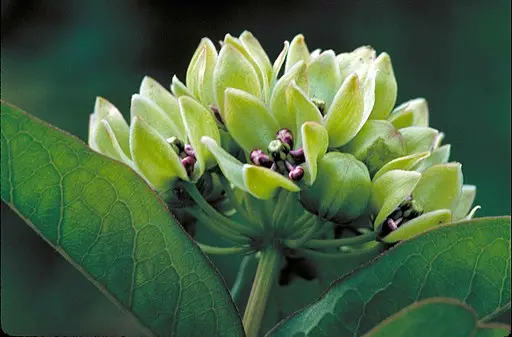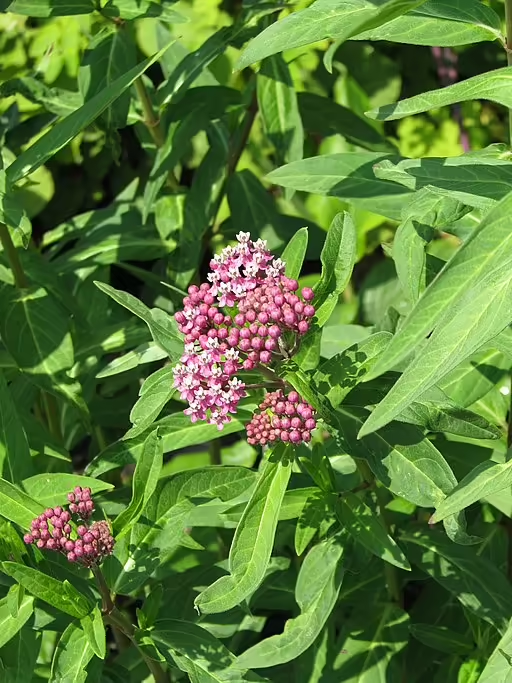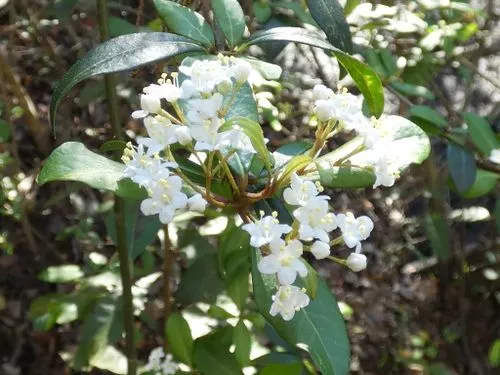Table of Contents for White Rosinweed (Silphium albiflorum)
White Rosinweed (Silphium albiflorum) is a herbaceous perennial that is native to the state of Texas in the United States. This plant is a host to a moth and a butterfly and is an important nectar source for other insects. Growing from 0.75 to 3 feet tall, this species grows in open areas such as fields, roadsides, meadows, and prairies. The white flowers bloom from May to August and the plant is hardy in zones 5-10.
Taxonomy and Naming of White Rosinweed (Silphium albiflorum)

Taxonomy
White Rosinweed (Silphium albiflorum) was named and described by Asa Gray, an American botanist, in 1883. It still has the same name and is a member of the Aster Family (Asteraceae).
Meaning of the Scientific and Common Names
Scientific Name
The genus name, Silphium, is derived from a Greek word that originated from a resin-bearing plant (Missouri Botanical Garden). The species name, albiflorum, is Latin for white-album and flower-florum.
Common Name and Alternative Names
The common name comes from the white flower of the plant and the resin in the plant. Another name found published is compass plant in volume 33 (1887) of the American Journal of Science and white compass plant (University of Texas).
Physical Description
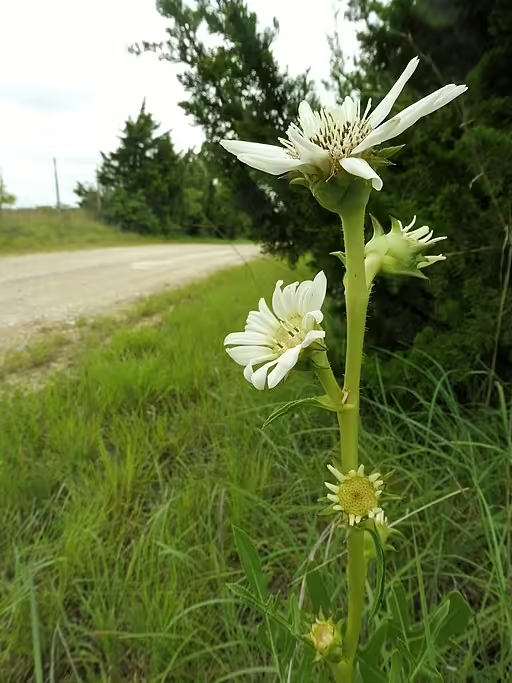
- Plant Type: This plant is a herbaceous perennial.
- Height: 0.75 to 3 feet tall
- Stem: The stems are erect and glabrous.
- Leaves: The leaves are alternate to sub-opposite, petiolate to sessile, deltate, linear, or rhombic, have entire to toothed margins (Flora of North America). The leaves are 1 to 16 inches long and 0.5 to 10 inches wide.
- Flower color: white
- Blooming period: This plant blooms from May to August.
- Fruiting type and period: This plant has achenes that mature in the late fall and winter.
Range of White Rosinweed in the United States and Canada

This species is native to the state of Texas in the United States.
Habitat
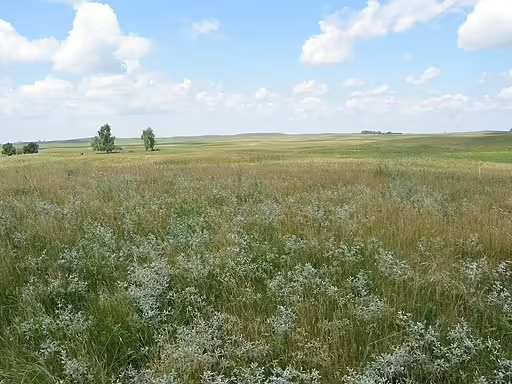
This species grows in open areas such as prairies (Flora of North America), dry hillsides (Young 1920), disturbed limestone soils (Whisenant 1981 and Nesom and O’Kennon 2000), and roadsides.
Hosted Insects

The members of the Silphium genus are hosts to the bordered patch (Chlosyne lacinia) butterfly and the silphius borer moth (Papaipema silphii).
Other Supported Wildlife
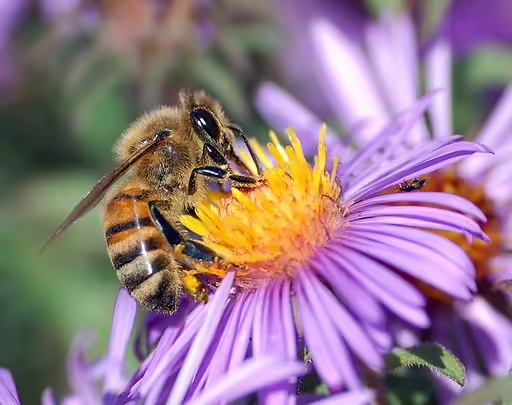
This species is an important nectar source to other butterflies, skippers, bees, and wasps.
Frequently Asked Questions
Does this plant have any ethnobotanical uses?
The Native American Ethobotanical Database does not cite this species specifically, but other members of the genus have had numerous pharmaceutical uses.
How is this plant distinguished from other Rosinweeds (Silphium spp.)?
This species is similar to two other Rosinweeds. It is separated from yellow-cup (Silphium perfoliatum) by not having perfoliate leaves. It is separated from compass plant (Silphium laciniatum) by the white flowers. It is the only Silphium to have white flowers.
Is this plant invasive?
This plant has not been noted as being weedy.
Gardening with White Rosinweed

Hardiness
This species is hardy in zones 5-10. If your garden is within these zones and you have the right growing conditions (soil, moisture and exposure), you may well be able to grow this plant. However, if planted outside of its range, the hosted species may not recognize the plant or be harmed by ingesting a different species with an unfamiliar chemical composition.
Optimal Conditions
This species grows in full sun and dry sandy well-drained soil with limestone.
References
- Nesom, Guy L. and R.J. O’Kennon. 2001. Two New Species of Liatris Series Punctatae (Asteraceae: Eupatorieae) Centered in North Central Texas. Sida 19(4): 767-787.
- Whisenant, S.G. 1981. The Vascular Flora of McCulloch County, Texas. The Texas Journal of Science 33: 197-220.
- Young, Mary Sophie. 1920. The seed plants, ferns, and fern allies of the Austin Region. University of Texas Bulletin no. 2065.
